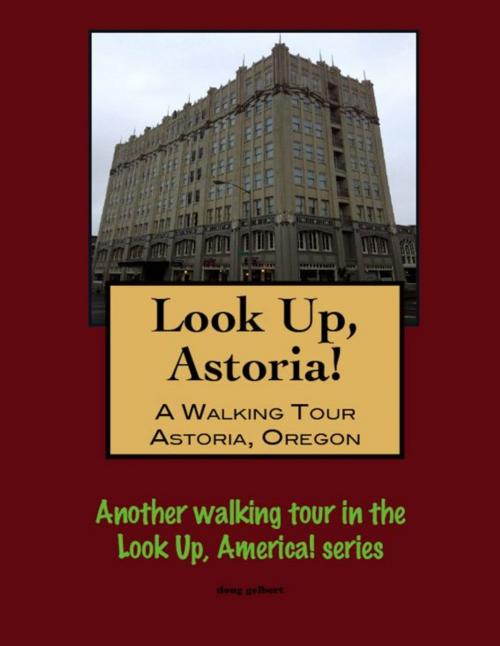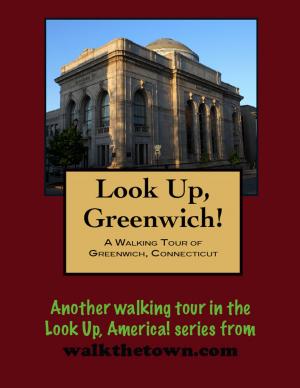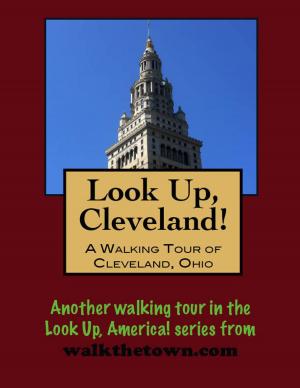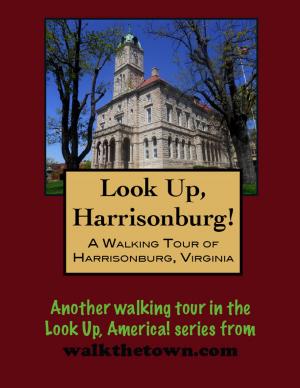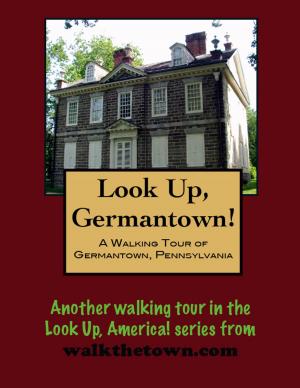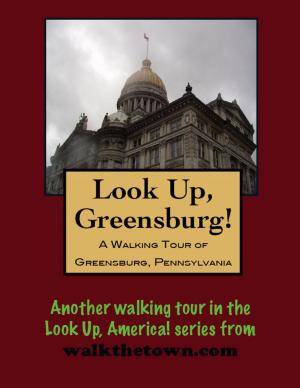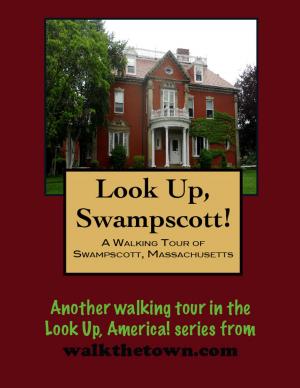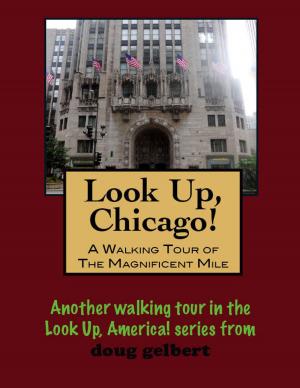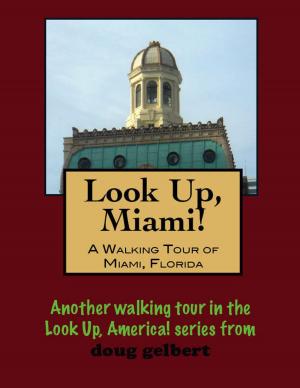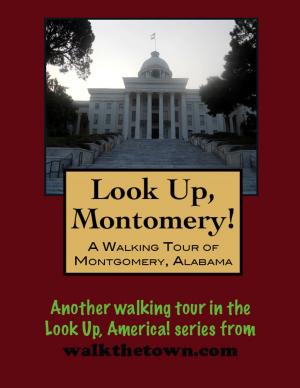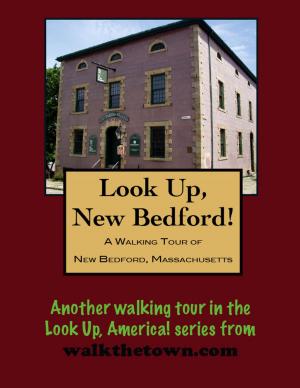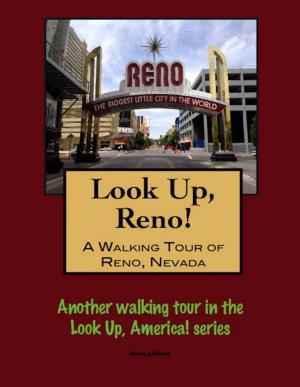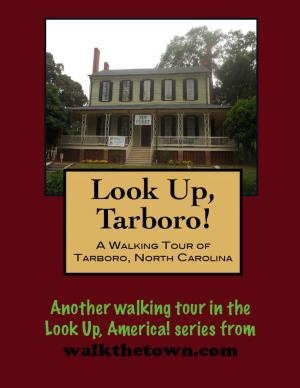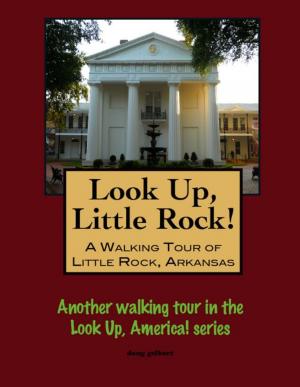| Author: | Doug Gelbert | ISBN: | 9781301295814 |
| Publisher: | Doug Gelbert | Publication: | November 9, 2012 |
| Imprint: | Smashwords Edition | Language: | English |
| Author: | Doug Gelbert |
| ISBN: | 9781301295814 |
| Publisher: | Doug Gelbert |
| Publication: | November 9, 2012 |
| Imprint: | Smashwords Edition |
| Language: | English |
The mouth of the Columbia River was breached for the first time by European mariners in 1792 and the Lewis and Clark Expedition spent a miserable winter in 1805-06 camped seven miles south and west of present day Astoria. Five years later America’s first millionaire, John Jacob Astor, sent a settling party to open a fur trading post on the southern edge of the Columbia. That first permanent American settlement on the West Coast evolved into Astoria.
By 1850 the port town boasted 250 settlers and had developed as the gateway into the emerging Oregon Territory. Fishing boats and ocean-going ships filled the long wharves at the river’s edge and along the banks sprang up flour mills, sawmills, and grain elevators. The first salmon cannery opened in 1866 and Astoria-packed salmon filled area coffers with up to seven million dollars every year.
Astoria grew to second rank among Oregon cities, boasting 14,027 residents in 1920. But at two o’clock in the morning of December 8, 1922 fire broke out in a restaurant on the waterfront. Fueled by the wooden pilings upon which the business section of Astoria was built, the flames quickly raged out of control. Before the fire burned itself out ten hours later the conflagration had consumed thirty-two city blocks with a property loss estimated around $15,000,000.
Save for an influx of wartime workers during World War II, Astoria has never reached such population heights again, hovering around 10,000 for decades. As the city struggled to rebuild after the fire the Great Depression struck, crippling the fishing and timber industries. So the streets of Astoria’s business district look a lot like they did in the 1920s after the fire, lined with two- and three-story structures.
Our walking tour of Oregon’s oldest town will begin at the block where the game-changing fire ended and at the foot of a souvenir from the days when Astoria was also the state’s richest town...
The mouth of the Columbia River was breached for the first time by European mariners in 1792 and the Lewis and Clark Expedition spent a miserable winter in 1805-06 camped seven miles south and west of present day Astoria. Five years later America’s first millionaire, John Jacob Astor, sent a settling party to open a fur trading post on the southern edge of the Columbia. That first permanent American settlement on the West Coast evolved into Astoria.
By 1850 the port town boasted 250 settlers and had developed as the gateway into the emerging Oregon Territory. Fishing boats and ocean-going ships filled the long wharves at the river’s edge and along the banks sprang up flour mills, sawmills, and grain elevators. The first salmon cannery opened in 1866 and Astoria-packed salmon filled area coffers with up to seven million dollars every year.
Astoria grew to second rank among Oregon cities, boasting 14,027 residents in 1920. But at two o’clock in the morning of December 8, 1922 fire broke out in a restaurant on the waterfront. Fueled by the wooden pilings upon which the business section of Astoria was built, the flames quickly raged out of control. Before the fire burned itself out ten hours later the conflagration had consumed thirty-two city blocks with a property loss estimated around $15,000,000.
Save for an influx of wartime workers during World War II, Astoria has never reached such population heights again, hovering around 10,000 for decades. As the city struggled to rebuild after the fire the Great Depression struck, crippling the fishing and timber industries. So the streets of Astoria’s business district look a lot like they did in the 1920s after the fire, lined with two- and three-story structures.
Our walking tour of Oregon’s oldest town will begin at the block where the game-changing fire ended and at the foot of a souvenir from the days when Astoria was also the state’s richest town...
